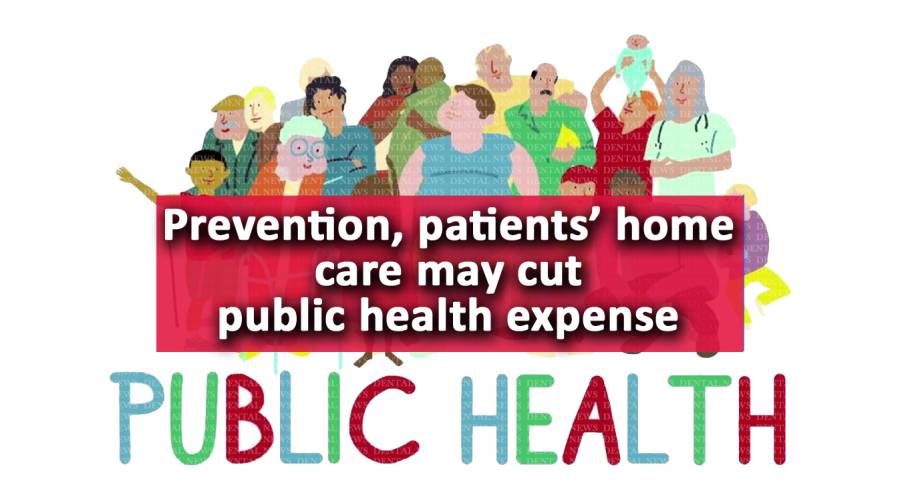
KARACHI: A recent study suggests that public health expenditures could be considerably cut by focusing on prevention of various diseases and facilitating patient care at home by keeping a tab on the health status of the patients and monitoring their condition.
Safer care measures could improve health economic outcomes for patients and reduce costs for providers, according to a new study on failure to rescue deteriorating patients in hospitals.
The study, which explored the impact of safer care on clinicians, providers, and policymakers, found that limited research has been done on the health economic impact of failure to rescue. Moreover, the literature that does exist lacks detail and doesn't include publications on long-term costs outside of the hospital following a deterioration event.
The COVID-19 pandemic has shed light on the importance of prevention, including the prevention of deterioration in patients' homes. To achieve cost-effectiveness and cost-efficiency, the study suggests analysing the broader system effects of adverse events. This includes not only the direct attributable cost of hospital admission of the patient suffering the adverse event, but also the care needs beyond the hospital, loss of income of patients and/or their informal carers, as well as the sickness of healthcare staff exposed to serious adverse events.
The study emphasises the importance of considering the pre-existing condition of a patient as a major confounder for health economic considerations. To optimise health at the population level, the study suggests improving the ability to rapidly recognise and respond to acute illness and worsening chronic illness both in the home and the hospital, thereby limiting the long-term effects of adverse events. These findings could have a significant impact on healthcare policy and practice, providing a roadmap for reducing costs and improving outcomes for patients.
The field of health economics seeks to optimise the allocation of healthcare resources to achieve maximum population health by utilising the most effective configuration, delivery, and use of healthcare. Since healthcare resources are limited, economic evaluations are used to estimate the opportunity cost associated with any investment decision. This means calculating the marginal benefits forgone as a result of displacing existing treatments or services to fund new healthcare interventions or services. Net health improvements occur when the marginal benefits gained outweigh the marginal benefits forgone.
Health Technology Assessment (HTA) organisations like National Institute for Health and Care Excellence (NICE) in the UK use opportunity cost to evaluate clinical and cost effectiveness of healthcare interventions to determine their value for money for the National Health Service (NHS).
Allocative efficiency is a key factor in healthcare decision-making, referring to the balance between the marginal benefits and costs of different healthcare programs across the system. Quality-adjusted life years (QALYs) are commonly used to express the benefits of healthcare interventions, combining health-related quality of life and life expectancy, weighted by societal preferences.
In the UK, costs typically include those borne by the NHS and encompass all direct medical costs associated with a service or intervention, including downstream costs. By assessing the cost-effectiveness of healthcare interventions, health economics can guide policymakers and healthcare providers towards the most efficient use of limited resources to optimise population health.
Value-based healthcare and cost considerations are critical in UK healthcare decision-making, with HTA organizations like NICE using economic evaluations to estimate opportunity costs of healthcare investments.It uses outcome measures, including patient-reported outcome measures, that align with NHS priorities and consider the therapeutic relationship and individual preferences.Value-based healthcare is particularly relevant in the context of "appropriate rescue" for patients who may choose supportive care at home, such as those nearing the end of life.
When considering the cost of healthcare for at-risk and deteriorating patients, cost can be described as having direct and indirect aspects, with direct costs subdivided into medical and non-medical costs, the latter further described in terms of fixed, semi-fixed and variable costs.


